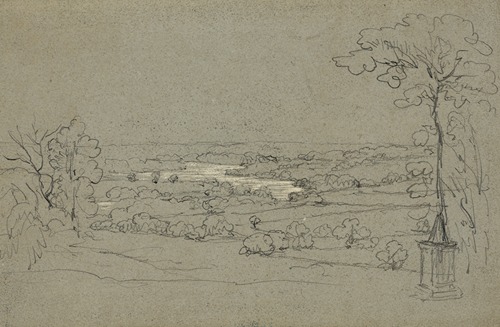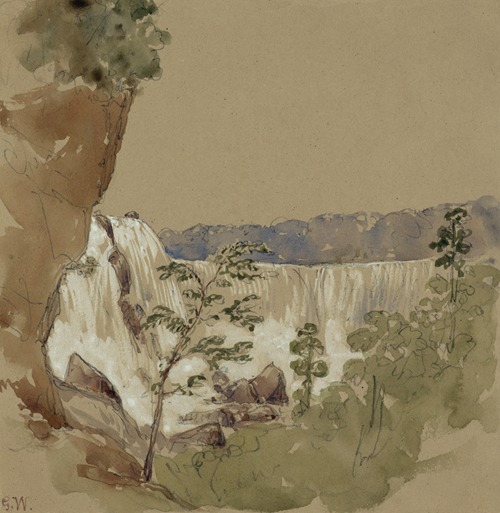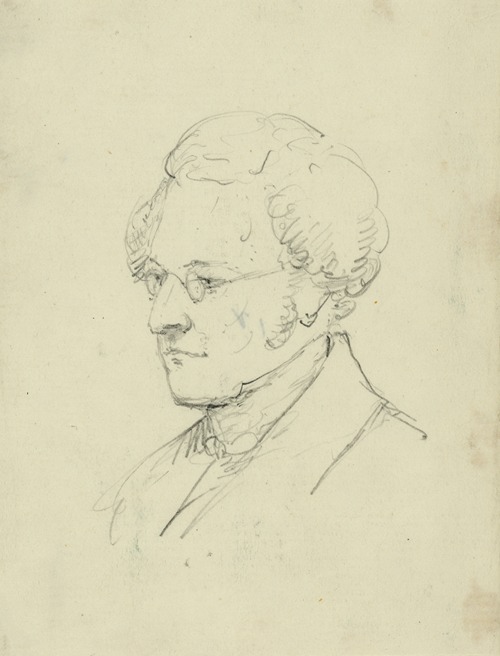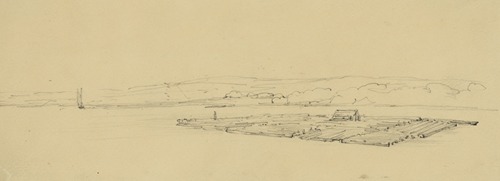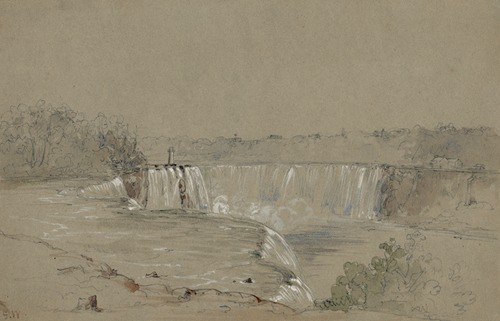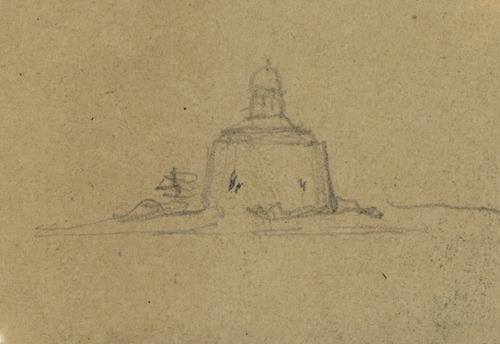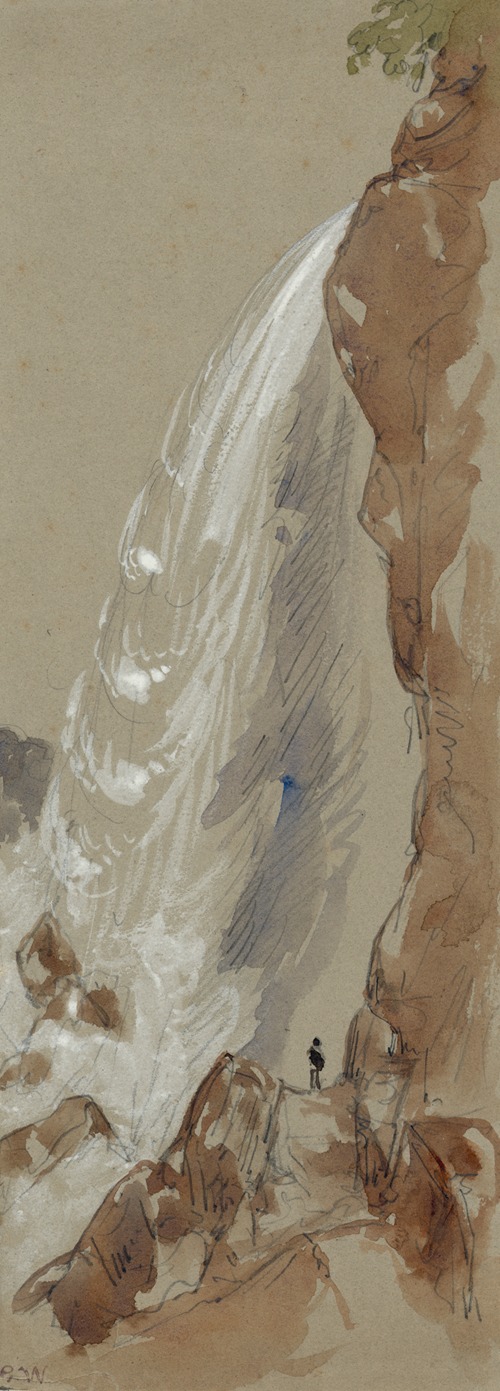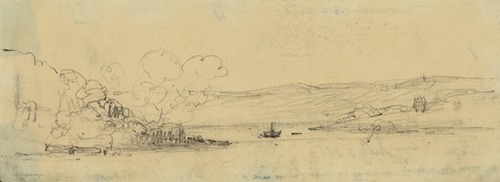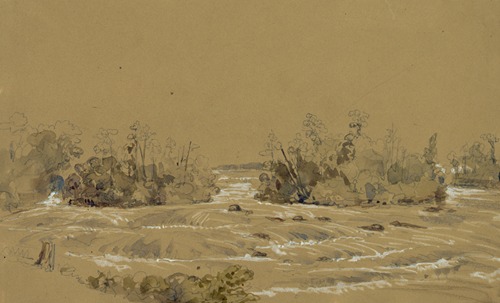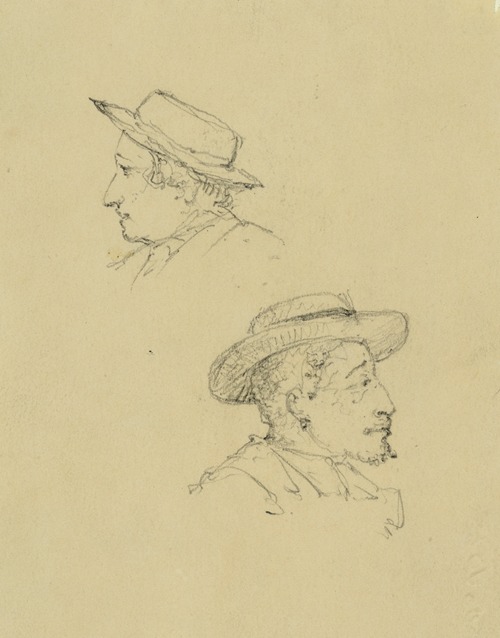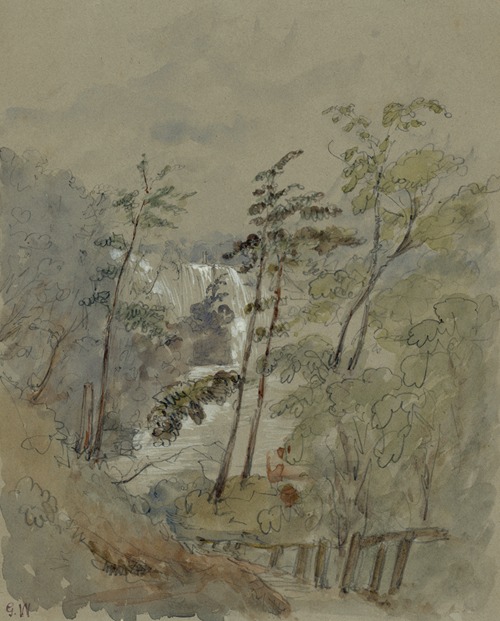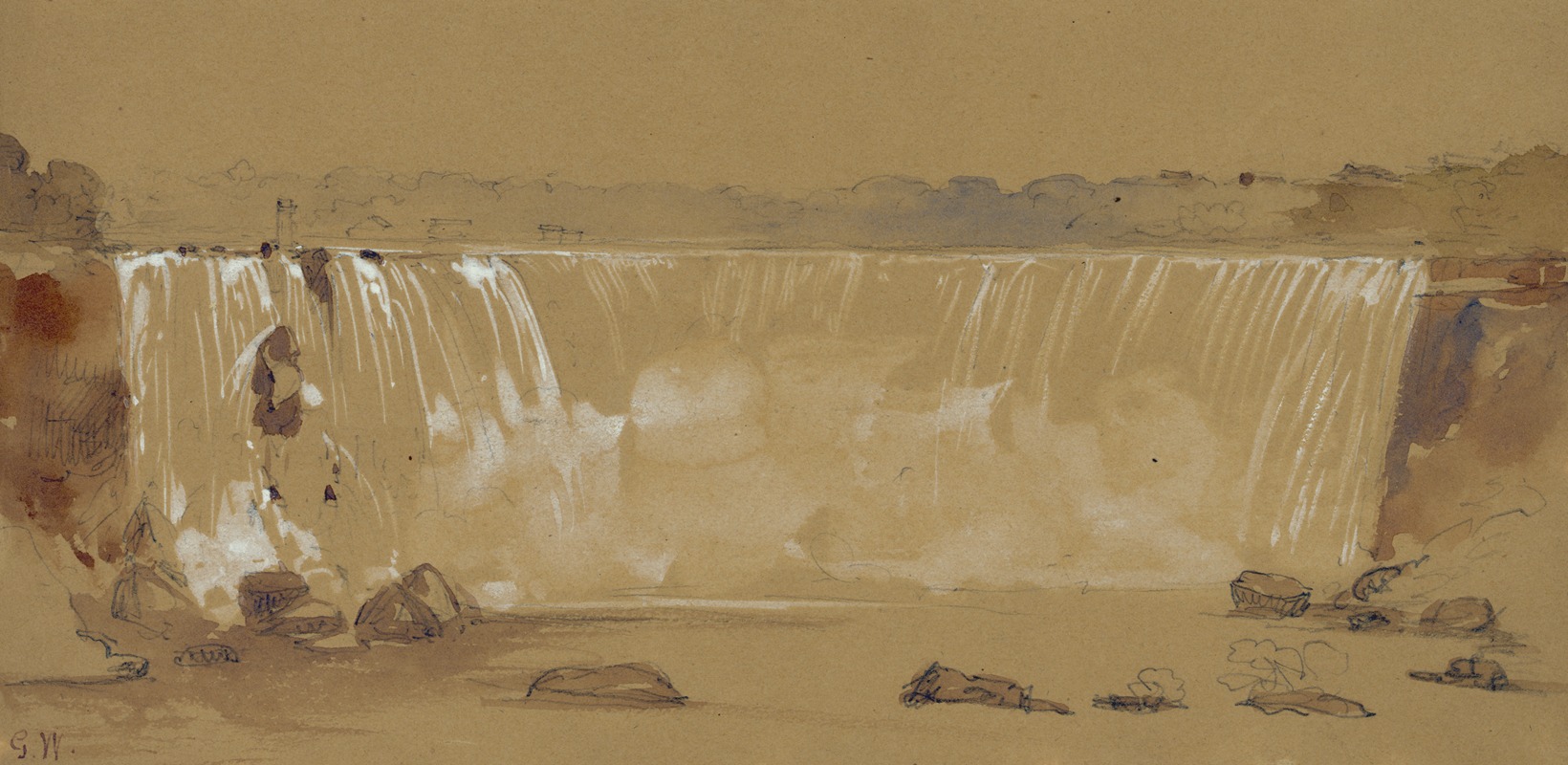
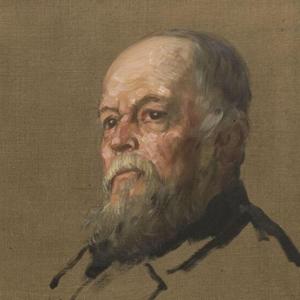
George Wallis was an artist, museum curator and art educator. He was the first Keeper of Fine Art Collection at South Kensington Museum (later the Victoria & Albert Museum) in London.
George Wallis, son of John Wallis (1783–1818) and his wife Mary, née Price (1784–1864), was born at Wolverhampton on 8 June 1811. His father died early, and George Wallis was adopted by his grand-uncle, John Worralow, who was a famous maker of steel-jewellery at the time of George III. George Wallis was educated at the Grammar School from 1825 to 1827 and received initial training in japanned ware painting. He practised as an artist and art educator in Wolverhampton from 1827 to 1832, but then left for Manchester where he lived the next five years. He taught sisters Martha Darley Mutrie and Annie Feray Mutrie at the Manchester School of Design and he later gave them both private classes.
He attended the Royal Manchester Institution; practised painting; became connected with the local Manchester industry, and it was then and there that he met the great engineer Joseph Whitworth (1803–1887) who became his lifelong friend.
In 1837, he returned to Wolverhampton and worked for local japanners Ryton and Walton painting the centres of the tea trays. He designed the shape of a tray which was named "Victoria" after the young queen and became very popular.
In 1841, Wallis moved to London to join the School of Design at Somerset House where he won one of the six scholarships offered by the Board of Trade.
From 1843, he served as Headmaster in several Schools of Design organised by the Government. In 1843 he was Headmaster of the Spitalfields School of Design. He left it after less than one year. Wallis was Headmaster of Manchester School of Design in 1844–1846.
In two years from the time of Mr. Wallis taking the charge, the funds of the school were flourishing; the interest taken in it by the public was great, and nearly half the Institution was occupied by the pupils, while the applications for admission were more numerous than could be accommodated. Under this management the public, who care little for abstract art, were taught the close connexion between the instruction of the School of Design and their private pursuits.
Among his students were Welsh artist Clarence Whaite who became a lifelong friend, and William Muckley.
In 1845, Wallis organised at the Manchester Royal Institution the Industrial Art Exhibition which included items made of textile, ceramics, carved wood, leather and papier-mache. In the same year he delivered the first systematic course of lectures on the principles of decorative art, illustrated with drawings on the blackboard. These lectures led Lord Clarendon, then President of the Board of Trade, to ask Wallis to draw up a chart of artistic and scientific instruction as applied to industrial art. This chart was recognised as the basis of for industrial art education in Britain in the late 19th century.
He resigned from the Manchester School of Design in 1846, as he could not agree with proposed changes in the educational programme.
From 1852–1857, George Wallis was the Headmaster of the Birmingham School of Design, where one of his students was Bernard Walter Evans. In 1853 he was also the head of the only school of rifle design in Britain and as an acknowledged expert in the matter of small arms, he was appointed to a Royal Commission ostensibly to attend the Exhibition of Industry in the City of New York but particularly ‘to compare side by side the military weapons of the two countries’ along with his friend Joseph Whitworth. In 1855, he organised in Birmingham an Exhibition of Works of Industrial Art as an experiment in the circulation of artworks from central depositories around regional museums.
George Wallis was appointed a deputy commissioner for the Great Exhibition of 1851, and he successfully acted for several manufacturing districts and the whole of Ireland. During the period of the Exhibition he was Superintendent of the British textile division, and a deputy commissioner of juries.
Later he also was actively involved in preparation and overseeing of different international exhibitions: in 1853 he was one of the six commissioners sent by the government to the 1853 New York International Exhibition, with additional duties to analyse the development of art and manufactures in America. Wallis reported that his 5,000 miles long tour embraced "the States of Massachusetts, Connecticut, New Hampshire, Rhode Island, New York, New Jersey, Pennsylvania, Maryland, the District of Columbia, Eastern Virginia, Kentucky, and Ohio." From his report and that of Sir Joseph Whitworth on machinery was compiled 'The Industry of the United States' (1854).
In 1855, he was appointed Special Superintendent of British and Colonial manufactures which were displayed at the International 1855 Exhibition in Paris. He was then actively engaged in the British section of the Paris Universal Exhibitions of 1862 and 1867. In the collection of Wolverhampton Art Gallery, there is a number of medals awarded to him by Queen Victoria, Prince Albert, and Louis-Napoleon of France.
In 1869, he initiated the similar 'South Staffordshire Industrial and Fine Arts Exhibition' which was held at Wolverhampton.
In 1858 George Wallis joined the South Kensington Museum as Senior Keeper of the Art collection, a post which he kept for three decades and left just prior to his death. He actively fostered the system of circulating works of art, wrote in all the leading art periodicals, and was one of the earliest contributors to the 'Art Journal,' besides delivering a vast number of lectures on design and kindred subjects.
On 7 March 1878 he was elected a Fellow of the Society of Antiquaries of London (FSA).
George Wallis died at 21 St. George's Road, Wimbledon, Surrey, on 24 October 1891, and was buried in Highgate Cemetery on 28 October.
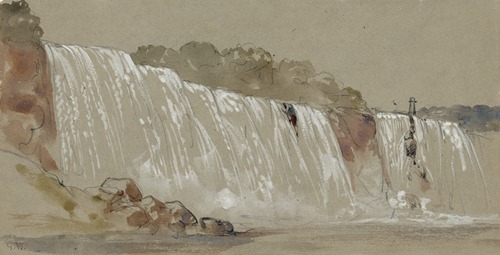
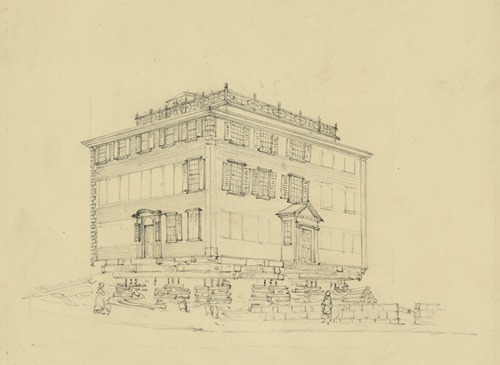
![Approach to New York East River [nearer view]](https://mdl.artvee.com/ft/80795dr.jpg)
